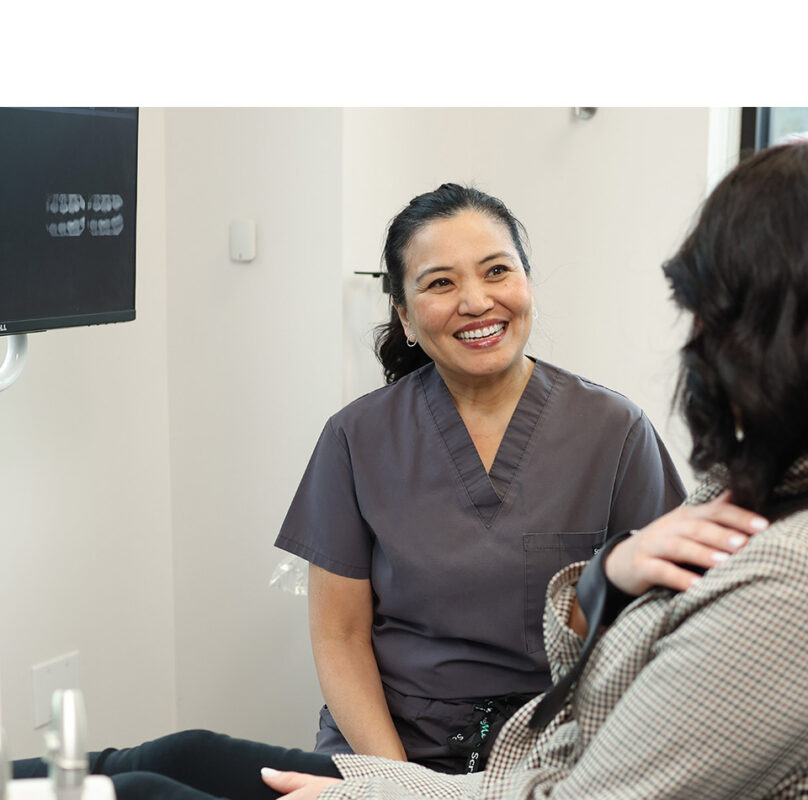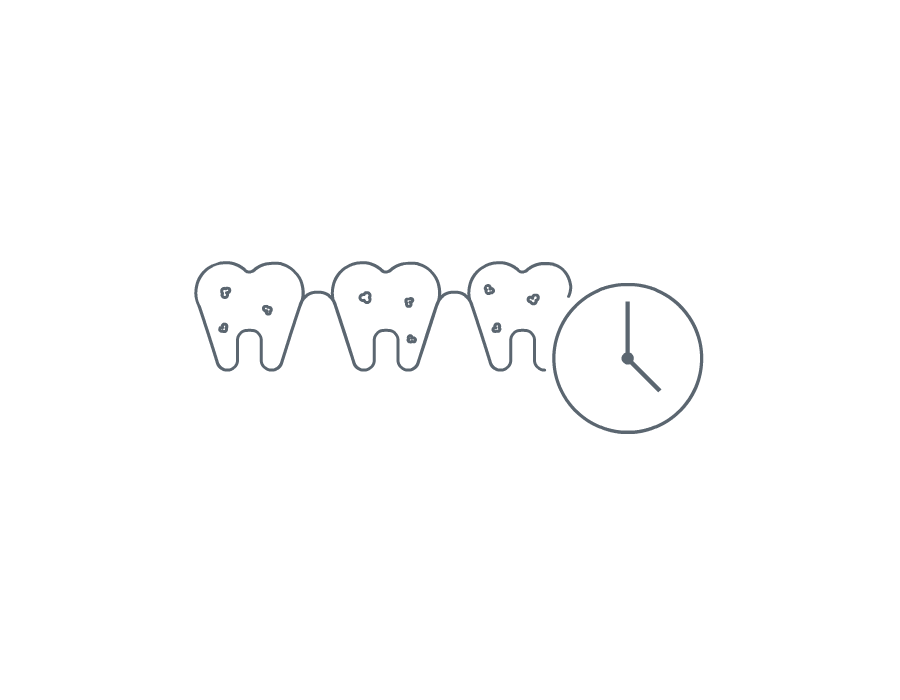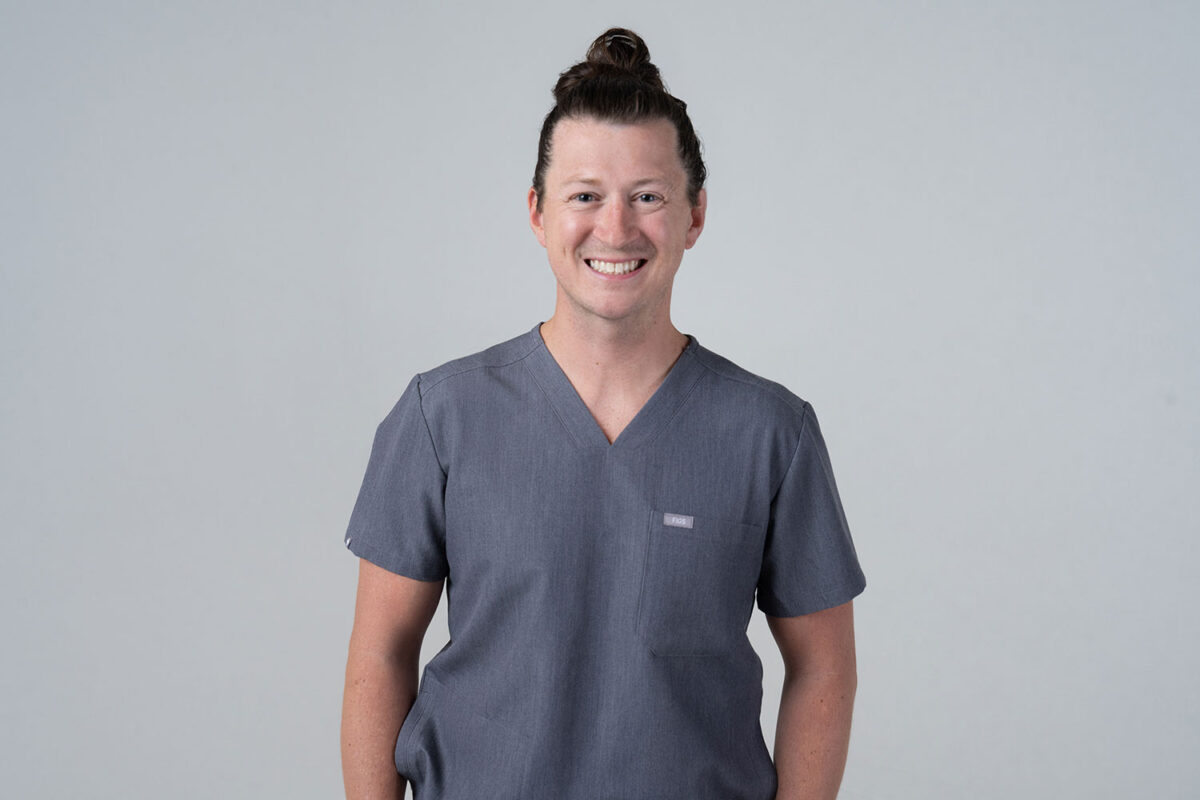PATIENT EDUCATION LIBRARY
Personalized care and education to keep your smile healthy for a lifetime
At Willamette Dental, we believe that education is key to maintaining excellent oral health. By understanding the risks of tooth decay and gum disease, you can take informed steps to protect your mouth.
TREATMENT PLANNING
Care as unique as you are
Our Personalized Dental Care Plans (PDCP) are built on evidence-based practices, ensuring your dental care is tailored to your unique needs.
Personalized treatment
At every visit, your dental team evaluates risk factors like tobacco use and chronic diseases. This ensures your Personalized Dental Care Plan (PDCP) includes customized home care and in-office treatments.
Tooth decay vs. gum disease
Tooth decay and gum disease are distinct diseases that require unique treatments. Patients with gum disease may benefit from more frequent dental cleanings, while those at high risk for tooth decay may require more frequent exams.
Evidence-based care
Modern research, including studies by the American Dental Association (ADA) and Cochrane Library, supports individualized dental care tailored to each patient’s unique needs. For healthy patients, a yearly cleaning may be sufficient.
DENTAL CLEANING FREQUENCY
Dental cleanings
How often do I need them?
CARIES RISK ASSESSMENTS
Exams for tooth decay
While dental cleanings are critical for gum health, they don’t prevent cavities. Patients with risk factors for tooth decay benefit from more frequent exams, called Caries Risk Assessments. Caries is the disease that causes cavities in your teeth. These exams, sometimes scheduled every three months, include:
• Reinforcing homecare and dietary recommendations
• Applying fluoride varnish
• Evaluating teeth and gum health
These steps are supported by evidence-based dentistry to reduce the risk of cavities.

WHAT YOU CAN DO
Consistent home care is the best medicine
While cleanings are helpful for gum disease, bacteria levels in the mouth double every five hours and return to pre-cleaning levels within 24 hours. Daily brushing and flossing are essential for keeping bacteria levels healthy and maintaining gum health.

IN-OFFICE TREATMENTS
Follow your dentist’s recommendations
Whether your dentist recommends one, two, or four visits a year, it’s important to follow their advice. Regular visits help monitor and manage your risk levels, ensuring lifelong oral health.
